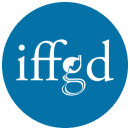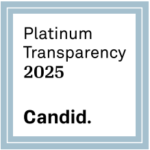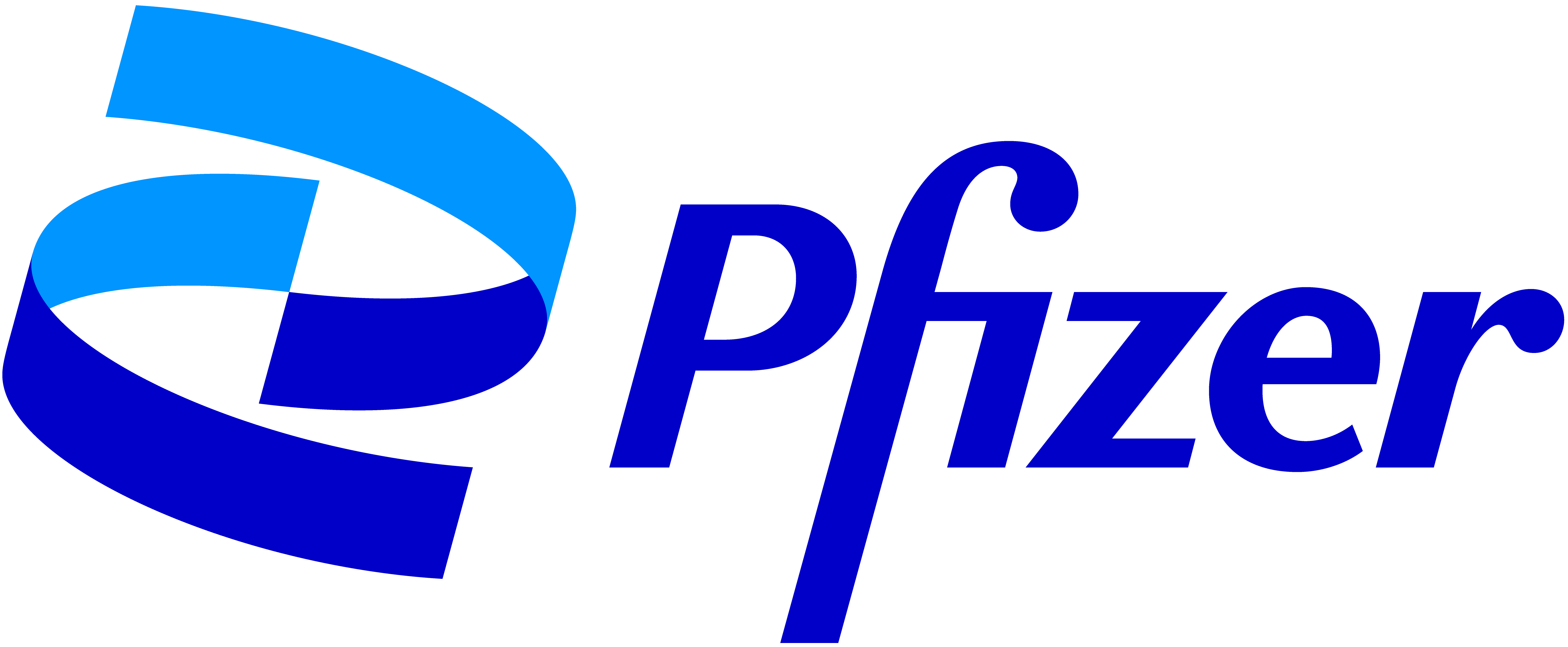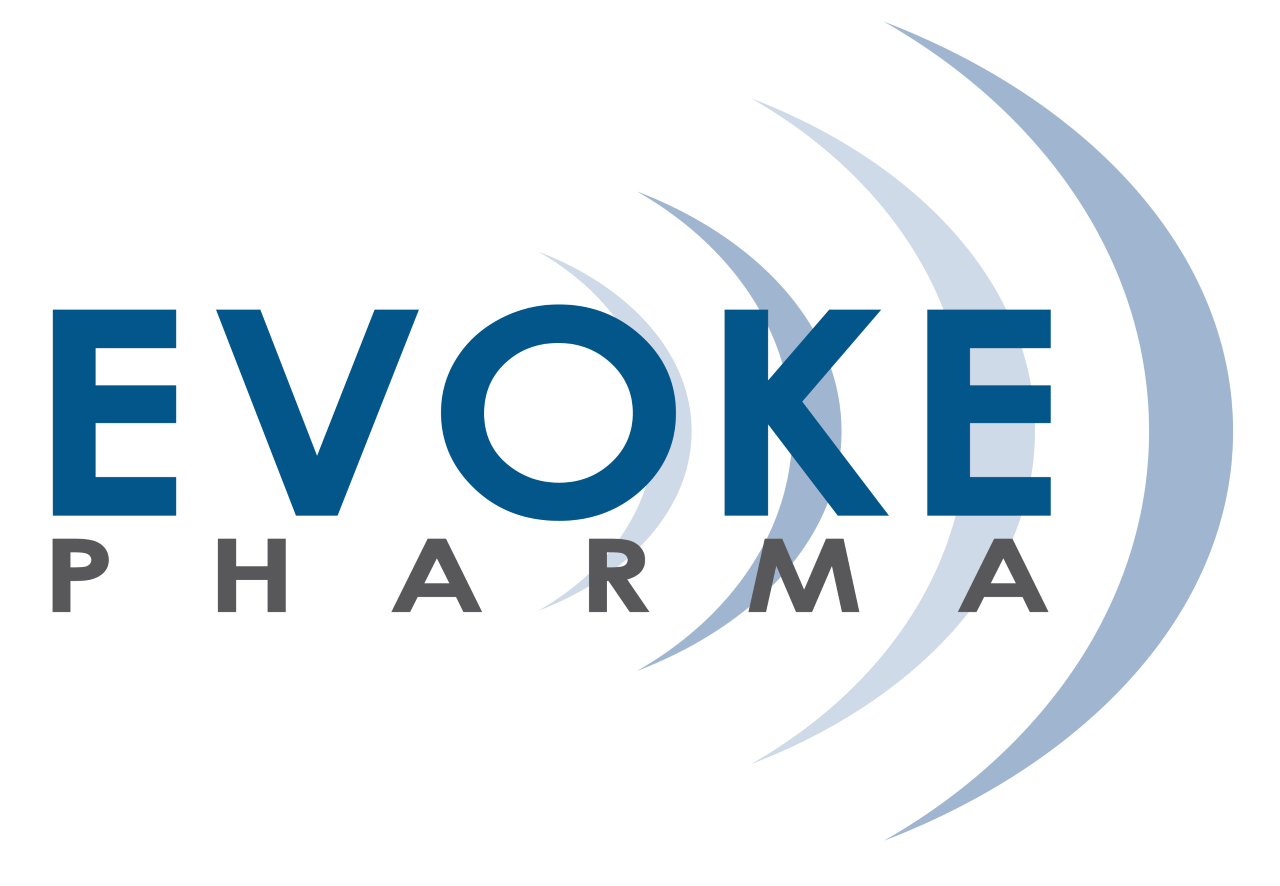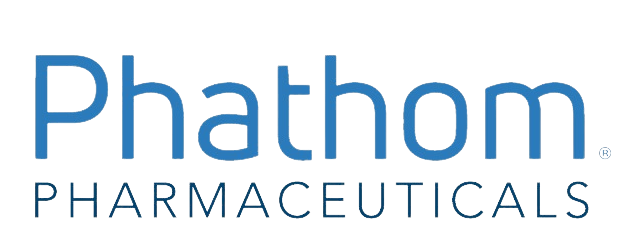
By: Miranda A. L. van Tilburg, PhD
UNC Center for functional GI and Motility Disorders, Chapel Hill, NC
Dr. Van Tilburg is the recipient of the 2007 IFFGD Research Award for Junior Investigator – Pediatrics. Dr. van Tilburg has a special interest in pediatric GI. Firstly, because of the lack of well conducted research in children with functional GI disorders as compared to the adult literature.
Secondly, because understanding and treating childhood functional GI disorders is of importance not only to reduce cost and burden in childhood but also to prevent life-long pain. And thirdly, because behavioral treatments are of even more importance in children than adults as many practitioners and parents are reluctant to use medications because of lack of clinical studies in this population and the inherent harmful side effects.
Introduction
Functional Abdominal Pain (FAP) is a common childhood disorder defined by the American Academy of Pediatrics and the North American Society for Pediatric Gastroenterology, Hepatology and Nutrition as “long lasting intermittent or constant abdominal pain without evidence of an organic cause.” It afflicts 8–20% of children and is associated with disability and decreased quality of life.
FAP is a frustrating condition for the family. The stomachaches and accompanying symptoms are unpredictable and not easily modifiable. Children may miss school and miss out on other things such as peer and family events. Many parents feel unable to cope and rely on medical professionals for diagnosis and treatment.
Since there is no readily identifiable cause for FAP, treatment is focused on reductions of symptoms and disability rather than a cure. Standard medical care consists of reassurance that nothing major is wrong with the child, education, setting of realistic treatment goals and medications to relieve symptoms. This approach is helpful, but in many cases children continue to have debilitating symptoms and are in need of additional therapies.
Guided imagery: a non medicated way to control pain
Behavioral treatments have been shown to be effective for the treatment of FAP. Guided imagery and self-hypnosis, which are two related techniques, are widely used to treat all sorts of pain – from headaches and stomachaches to pain resulting from medical procedures such as bone marrow aspirations, in both children and adults.
Two recent placebo controlled studies, one by Weydert and colleagues (published in BMC Pediatrics 2006) and another by Vlieger and colleagues (published in Gastroenterology 2006), show that guided imagery and self-hypnosis are very effective at treating FAP, with 70%–85% of patients cured at follow-up.
In guided imagery the therapist uses verbal guidance to help the patient experience detailed vivid imagery that has beneficial effects on their behavior, cognitions, emotions, or physiology. An example that is often used to demonstrate the effect of guided imagery on your body is to imagine that you are holding a fresh, juicy lemon in your hand.
As you pick up the lemon you are struck by its bright yellow color and feel the bumpy texture of its skin. You cut a piece of the lemon and can smell the lemon’s tart aroma that fills the air. Imagine you stick this piece in your mouth and suck on it.
You can taste the sour flavor as the juices roll over your tongue . . . More than likely your body reacted in some way to that imagery. For example, you may have begun to salivate. Children are especially good candidates for guided imagery as they are used to imaginative play and have a natural ability to get absorbed in stories and experience them vividly in their mind.
Making guided imagery available to all FAP patients
Guided imagery is very effective for pain control, widely liked by children, and has no known side effects. However, guided imagery is currently not available to the majority of children with pain problems. There is a shortage of trained therapists who specialize in pediatric pain and the treatment is costly and time consuming.
To overcome these challenges, Olafur Palsson, Psy.D., Marsha Turner, M.S., and I developed a 2-month home based program in which guided imagery is delivered through audio and video materials that can be prescribed by any health care professional such as a therapist, pediatrician, or school nurse who do not need to be trained in guided imagery and do not need to deliver any of the treatment in person. We therefore eliminated the need for a therapist and for weekly visits as well as greatly reducing the cost of the treatment.
The treatment materials are given to the child who can use them independently at home. These materials consist of a bag containing:
- An instructional DVD that is watched by the children and their parents.
- Three biweekly sessions and a booster session of about 25 minutes each, delivered through CDs.
- 3. Three daily sessions (one used each day) delivered through CDs.
- 4. A calendar on a clipboard showing the child when to use the sessions. The child puts stickers on the calendar after practice sessions to track compliance.
All materials are self-explanatory. Parents are assigned as ‘problem solvers’ and clinicians are ‘on call’ if problems arise.
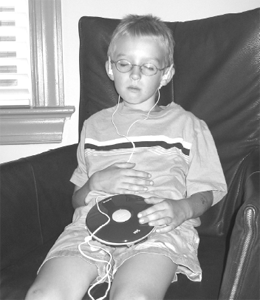
This picture shows a child receiving guided imagery treatment at home. All that is required from the child is to listen to the CDs daily (or at least 5 days each week) and imagine as well as he or she can everything that is heard in the recordings.
In a randomized trial we compared the home based guided imagery program described above to standard medical care in a group of 30 children.
All children reported that they enjoyed listening to the CD’s; compliance was 98.5%; parents did not need to be involved; and nobody contacted the research staff with questions, showing the acceptability and feasibility of the treatment. Abdominal pain frequency and duration were significantly lower after treatment in the guided imagery group versus the standard medical care group.
Eighty-five percent (85%) of children in the guided imagery group were defined as treatment successes with parents reporting their child’s symptoms to be somewhat to remarkably better.
Thus, home-based guided imagery is successful at treating children’s pain, is low in cost, and easy to administer. The treatment was well liked and accepted by both parents and children who felt a new sense of control over the pain. It gave families a non-medicated alternative to treating their child’s pain. We included children who were new to a pediatric GI clinic.
These were not only patients where prior treatment was unsuccessful, children with severe symptoms or children with a concurrent psychiatric diagnosis. In fact the treatment worked well for children independent of these factors and can therefore be applied as a first line treatment modality. One of the children in our study gave us this great quote: “I used to use medications for my stomachaches. But now guided imagery is my medication and it doesn’t even taste bad.”
How can I obtain the program?
Currently the program is only available to children participating in research studies at the University of North Carolina at Chapel Hill and Goryeb Children’s Hospital in New Jersey. We are working hard to make this treatment available within the next year for limited use.
We do not intend to make this program available directly to the general public any time soon. During its testing phases – which may take several years – the program can only be prescribed by a health care provider. If you are a parent of a child suffering from functional abdominal pain, please contact your health care provider.
Where is Dr. Miranda Van Tilburg Now?
As a part of the 2021 anniversary events, IFFGD created the “Where Are They Now?” interview series designed to allow the gastrointestinal community to reconnect with past IFFGD Research Award winners. We conducted over 30 interviews virtually, to learn about the journey our research winners took and what current research topics they might be working on today. To find out where research award winner Miranda Van Tilburg is today watch their interview here.
Source: Adapted from IFFGD Publication Home Based Guided Imagery to Treat Pediatric Functional Abdominal Pain by Miranda A. L. van Tilburg, PhD, University of North Carolina Center for Functional GI and Motility Disorders, Chapel Hill, NC.
